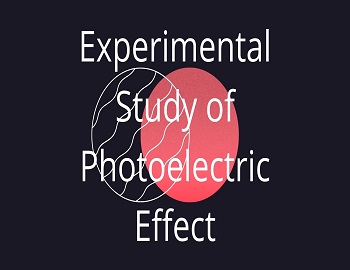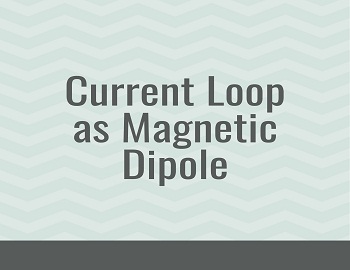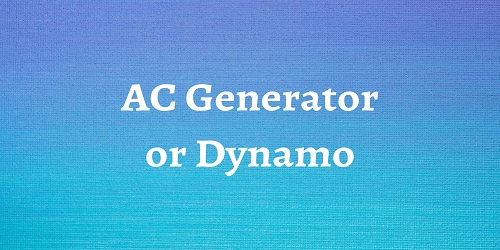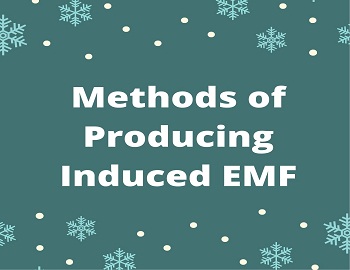Atom as a Magnetic Dipole:
In the case of an atom, when an electron revolves in an anticlockwise direction, the current is clockwise. Therefore, the upper face of the electron loop act as a south pole and the lower face acts as the North pole. Hence an atom behaves as a magnetic dipole.
If ‘e’ be the charge of an electron revolving in an orbit of radius ‘r’ with uniform angular velocity ω.
Magnetic moment of the atom is given by-
| M = IA ……….(i) But A = πr2 ……….(ii) and I = e/T I = e/(2π/ω) (where T = 2π/ω) I = ωe/2π ……….(iii) Put the value of I and A from (ii) and (iii) in equation (i), M = (ωe/2π) (πr2) M = (1/2) (eωr2) ……….(iv) According to Bohr’s theory, mνr = nh/2π But ν = rω ⇒ m (rω) r = nh/2π ⇒ mr2ω = nh/2π ⇒ ωr2 = nh/2πm Put this value of ωr2 in equation (iv), ⇒ M = (1/2) e (nh/2πm) ⇒ M = n (eh/4πm) ⇒ M = n . µB ……….(v) Where, µB = eh/4πm ……….(vi) From equation (iv), it is clear that magnetic dipole moment is quantized. The minimum value of the magnetic dipole moment of the atom is given by the expression- µB = eh/4πm, This is called Bohr Magneton. Also, µB = eh/4πm = (1.6 x 10-19 x 6.6 x 10-34)/(4 x 3.14 x 9.1 x 10-31) = 9.27 x 10-24 Amp.-metre2 Hence we may define Bohr magneton as the magnetic dipole moment associated with an atom due to the motion of the electron in the first orbit of the hydrogen atom. |









Comments (No)